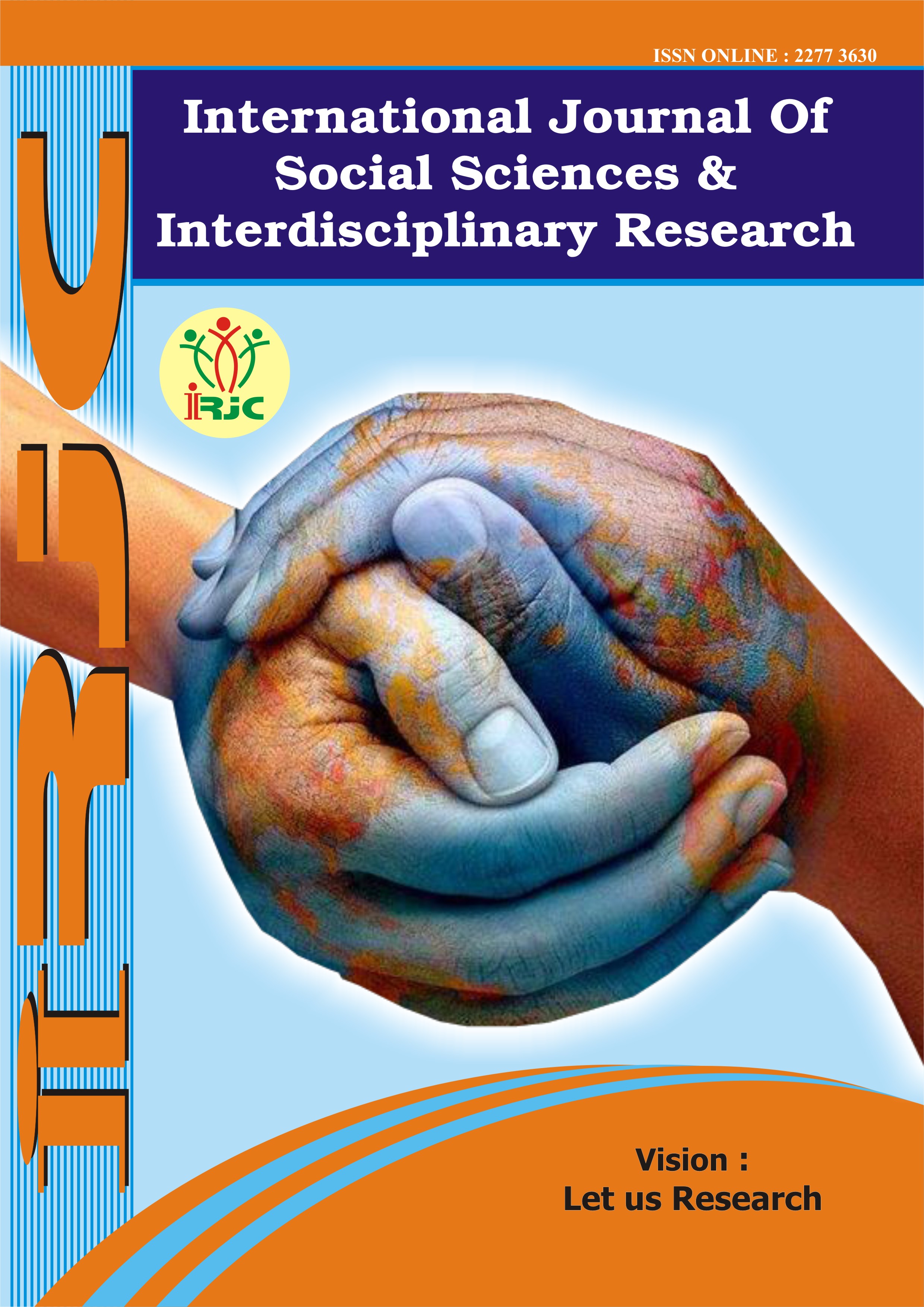Linguistic and cultural classification of euphemisms in Uzbek and English languages
Keywords:
linguoculturology, euphemism, taboo, slang, classification of euphemisms.Abstract
Linguocultural aspects of taboo and euphemism as a sign of language and culture are characterized by a new approach. The non-cultural trace is in the nature of the taboo. This cultural trace, if any, is inherent like a euphemism. The contact of these natures finds its place in modern times. We have also investigated the linguocultural aspects of taboo and euphemism in the paper submitted for defense based on materials of different systems of languages. It is a controversial issue that, in contrast to the taboo, the euphemism that replaces it is a cultural and social indicator of society as a linguocultural phenomenon.
References
Dushatova, S. (2022). LINGUISTIC AND SOCIAL ORIGINATION OF TABOOS. Science and innovation, 1(B6), 318-321.
Satvoldievna, U. D., & Qizi, A. M. N. (2020). Comparative typological analysis of semantic-structural features of conditional inclination in different systematic languages. Проблемы современной науки и образования, (4-2 (149)), 21-23.
Usmonova, D. (2022). PRINCIPLES OF DIVISION OF WORD CATAGORIES IN UZBEK LANGUAGE. YOUTH, SCIENCE, EDUCATION: TOPICAL ISSUES, ACHIEVEMENTS AND INNOVATIONS, 1(2), 60-65.
Usmonova, D. S., & Yusupova, M. I. Q. (2021). Comparative analysis of the somatic phraseological units of the english and russian languages with the component “heart”. Current research journal of philological sciences (2767-3758), 2(11), 94-99.
Усмонова Д. С. Роль и особенность соматических фразеологизмов различных языков //Мировая наука. – 2019. – №. 9. – С. 250-252.
Satvoldievna, U. D., & Qizi, A. M. N. (2020). Comparative typological analysis of semantic-structural features of conditional inclination in different systematic languages. Проблемы современной науки и образования, (4-2 (149)), 21-23.
Satvoldievna, U. D., & Qizi, R. K. B. (2020). Linguistic analysis of puns in the English language. Проблемы современной науки и образования, (2 (147)), 38-40.
Sotvoldiyevna U. D. et al. Political Euphemisms in English and Uzbek Languages (A Comparative Analysis) //Eurasian Journal of Learning and Academic Teaching. – 2022. – Т. 9. – С. 92-96.
Satvoldievna, U. D. (2021). Axiological Characteristics Of English, Uzbek And Russian Phraseological Units. The American Journal of Social Science and Education Innovations, 3(06), 40-45.
Satvoldievna, U. D. (2020). A typological analysis of body parts names in English as part of somatic phraseology. Проблемы современной науки и образования, (2 (147)), 32-34.
Aliyeva, N. (2021). MODERN CONCEPTS OF STUDYING PHRASEOLOGISMS IN THE FRAMEWORK OF FRAME REPRESENTATION AND THEORY OF CONCEPTUAL METAPHOR. CURRENT RESEARCH JOURNAL OF PHILOLOGICAL SCIENCES (2767-3758), 2(12), 206-211.
Aliyeva, N. (2021). Modern concepts of the study of phraseological units within the framework of frame representation and the theory of conceptual metaphor. Mental Enlightenment Scientific-Methodological Journal, 2021(4), 147-156.
Aliyeva, N. (2021). СТРУКТУРНО-СЕМАНТИЧЕСКИЕ ОСОБЕННОСТИ ФРАЗЕМ В АНГЛИЙСКОМ, РУССКОМ И УЗБЕКСКОМ ЯЗЫКАХ. Журнал иностранных языков и лингвистики, 3(8).
Aliyeva, N. (2021). ИЗОМОРФИЗМ АНГЛИЙСКИХ КОЛЛОКАЦИЙ И ФРАЗЕМ РУССКОГО И УЗБЕКСКОГО ЯЗЫКОВ С УЧЕТОМ ПЕРЕХОДНОСТИ ЗНАЧЕНИЯ. Журнал иностранных языков и лингвистики, 2(2).
Abdumalik o’g’li, O. R. (2021). THE BRIEF INVESTIGATION OF CONTEMPORARY SPEECH STYLES OF THE ENGLISH LANGUAGE. Galaxy International Interdisciplinary Research Journal, 9(12), 1280-1283.
BO, I. T. N. O. R., & TAVSIYALAR, Y. A. M. R. Ortiqov–Farg ‘ona davlat universiteti o ‘qituvchisi. FARG ‘ONA DAVLAT UNIVERSITETI, 128.
Downloads
Published
How to Cite
Issue
Section
License
Copyright (c) 2022 GEJournals

This work is licensed under a Creative Commons Attribution-NonCommercial-NoDerivatives 4.0 International License.





